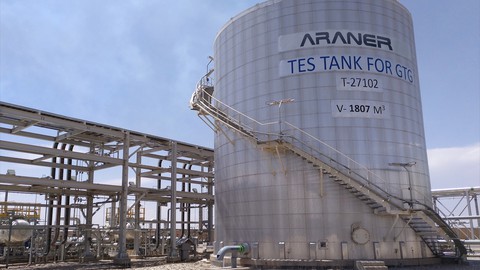
Long-duration energy storage is essential if renewables are to become the basis for a future, carbon-neutral power grid. Here's how California is leading the race to store energy from solar, wind, and other clean sources for use whenever it's needed.
 LOCAL NEWS
LOCAL NEWS
Yolo County Residents Given OptionsOriginal article published at West Sacramento News-Ledger
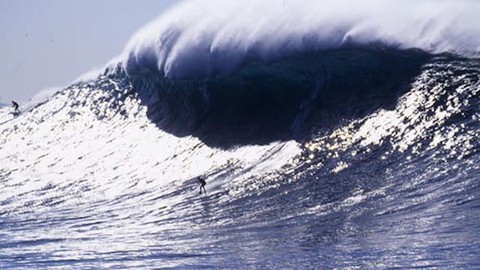
Only a few small demonstration projects off the West Coast have harnessed the power of waves and tides. Costs are high and hurdles are challenging.
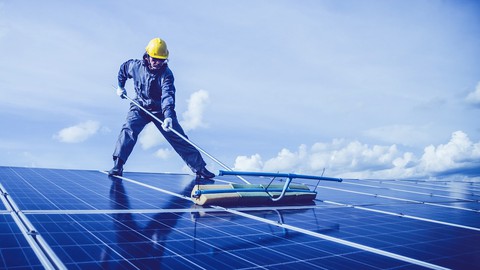
The utilities commission reduced payments to apartments, schools and businesses selling solar power to the grid despite a barrage of criticism. Commissioners say it reverses unfair subsidies.

California ranks among the top states suffering economic damage from climate-related disasters. The report describes food shortages, floods, droughts, wildfires, pollution, disease—all linked to climate change.

California grants climate credits for fuel made from cow manure, but there’s a paradox: The state’s program encourages collection of methane yet promotes natural gas.
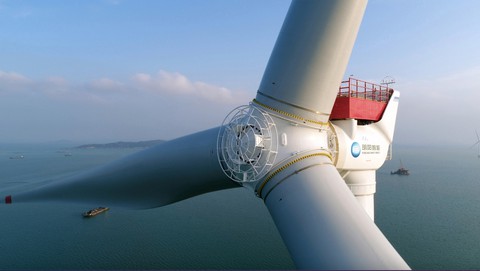
Ocean wind farms are essential to electrify California’s grid with 100% clean energy. But they’re a giant, costly experiment—no one knows how hundreds of towering turbines will transform the remote North Coast.

The conservation director of Land Trust of Santa Cruz talks about the highlights of his work, and some of the issues he sees in maintaining California’s parks.
 LOCAL NEWS
LOCAL NEWS
Trail of murals illustrates sustainable agricultural practices to raise awareness on climate change Laurie Lauletta-Boshart Driving north through rural Davis, Jullianne Ballou noticed a series...
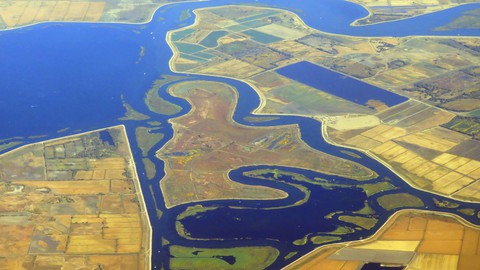
California has used reclamation districts to turn millions of acres of unusable swamps into fertile agricultural land, starting in the earliest days of the Gold Rush. Here’s how it happened.

A conversation with Stacy Caldwell, CEO of Tahoe Truckee Community Foundation
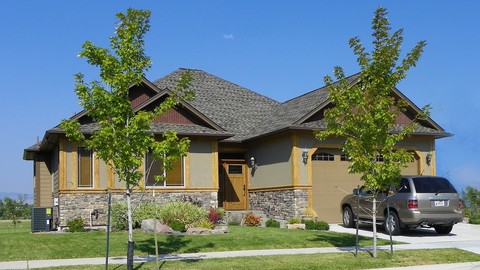
Zoning laws that restrict new housing development cause environmental damage, racial and class segregation, and force people into cars creating traffic. Now, a new movement wants to abolish zoning in the United States.

Renewable energy sources provided 37 percent of California electricity in 2021, a new record for the state as it moves toward its 2045 goal of 100 percent clean energy. Battery storage will play a huge role in reaching that goal.
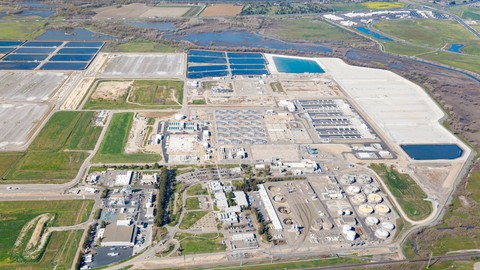
The Sacramento region is home to one of the West’s largest inland wastewater plants. Now, a new treatment system makes its discharge into the Delta dramatically cleaner.
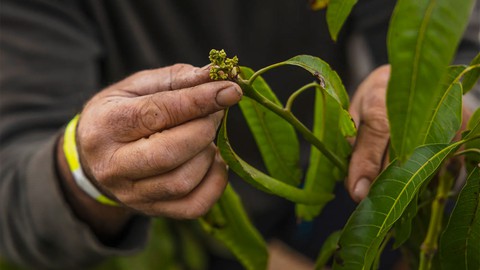
The future of farming in California is changing as the planet warms, altering the rain and heat patterns that guide which crops are grown where. “We’re adjusting for survival,” one grower said.
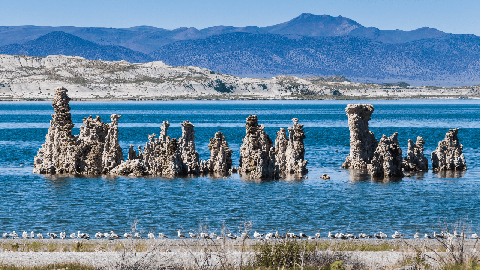
A sizeable coalition has called for California's water regulator to take emergency measures to protect Mono Lake and suspend diversions to Los Angeles.
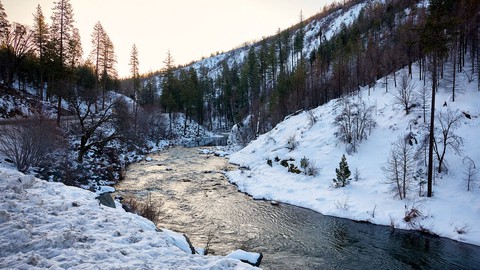
When warm storms melt snowpack early, reservoir managers must release water to prevent flooding—which sends this precious resource into the ocean.
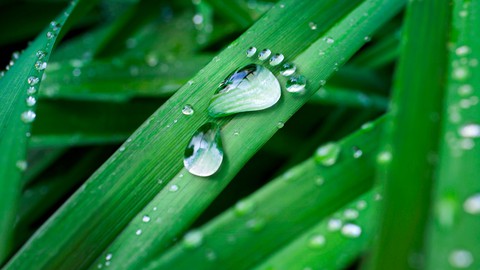
Don’t just be a spectator in the fight against climate change. Here are some small steps you can take to reduce your carbon footprint.
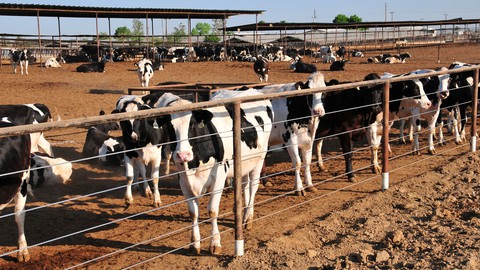
California is a leading producer of agricultural crops. So it’s not surprising to find cutting-edge ideas taking root here.
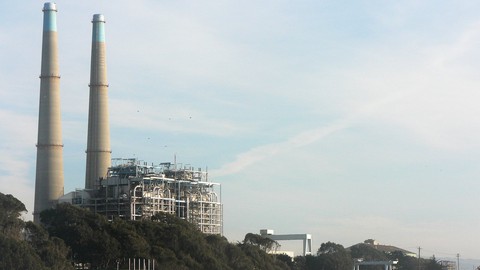
Solar power, and a network of giant battery storage facilities, are playing an essential role in moving California toward its goal of exclusive reliance on renewable energy sources.